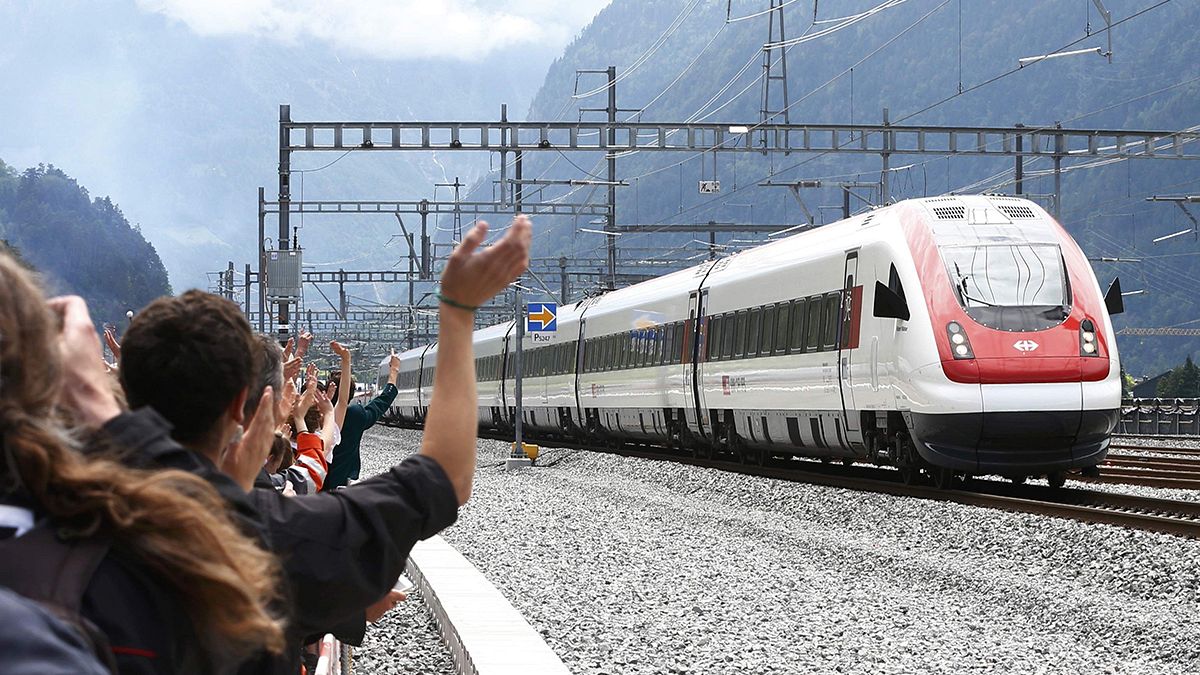1999: kick-off for a mammoth Swiss project that was to last 17 years.
1999: kick-off for a mammoth Swiss project that was to last 17 years. The task was to build a new Alpine rail tunnel, the third in the Gotthard Pass region – and help bring northern and southern Europe closer together.
The work involved four huge machines, each weighing 3,000 tonnes, which began drilling in 2003. It took them seven years to blast through 73 different types of rock, displacing more than 28 million tonnes of rubble in the process. Nine workers are killed during the construction.
Fast forward to 15 October 2010, and Sissi – one of the drilling machines – pierces the final few centimetres of rock, joining the two ends together. The distance by which they are out of alignment is minimal: eight centimetres horizontally, one centimetre vertically. The engineering marvel is complete.
The world’s longest and deepest railway tunnel lies more than 2,000 metres below the summit of Piz Vatgira, and runs for 57 kilometres from Erstfeld in the north to Bodio in the south.
In the 19th century crossing this part of the Alps took days. Soon high-speed trains will whisk passengers through the new tunnel in 20 minutes.
At a ceremony to mark the opening, the country’s President Johann Schneider-Ammann called it a “giant step” for the Swiss, for their neighbours and the rest of the continent.
The tunnel consists of three tubes, one each for the trains, and one to evacuate passengers if necessary.
Once final testing ends later this year, around 260 freight trains will pass through each day, reaching 160 kilometres an hour.
There will be fewer passenger trains – about 65 daily – but they will be able to reach speeds of 250 kilometres an hour.
The flat route means heavy trains will need only one locomotive rather than two or three.
The project is the key component in a new rail link running through the Alps. Creating a rail corridor from Rotterdam on the North Sea, to Genoa on the Mediterranean, it has been described as a symbol of European unity at a time of increasing fragmentation.
Above all the aim is to revolutionise freight transport in Europe, shifting heavy loads from road to rail and easing traffic congestion – especially in the Gotthard Road Tunnel – as well as reducing pollution.
The cost of the project – nearly 11 billion euros – has been entirely met by Switzerland. Paid for by a mixture of taxes, road charges and state loans, the Gotthard Base Tunnel has public support – backed by Swiss voters in a series of binding referendums in the 1990s.
